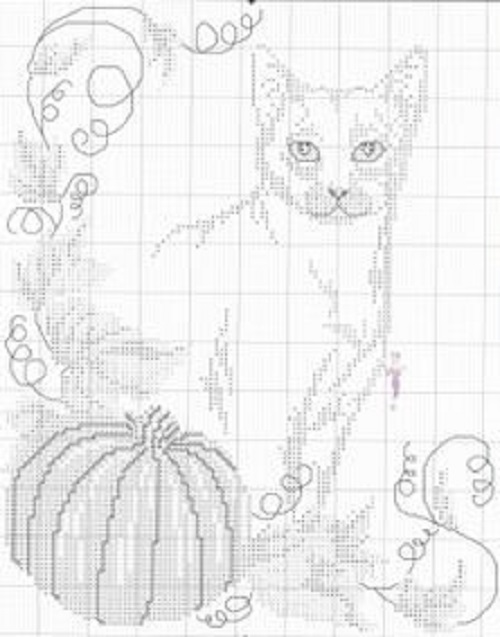
How to erase an embroidery with a cross: rules and features (video)
Content
- Canvas treatment before starting work
- Why you need to erase embroidery
- Rules to be observed when washing
- Washing off stains
- Little tricks
- Video: how to wash and dry the embroidery
Cross-stitch embroidery is a long and painstaking process. In addition, embroidery improves health. Thanks to the work with the needle, the wizards stimulate the nerve endings on their fingers. In addition, embroidery contributes to the achievement of tranquility and harmony. Each skilled worker, having finished the work, aspires to insert the embroidery into the frame more quickly. But before that, it must be properly processed and washed. During the long operation, the fabric could become dirty and wrinkle. Such unpresentable work can not be inserted into the frame.
Before washing, you need to know if theEdges of the canvas. The processing includes fixing the edge of the canvas so that it does not separate during the installation in the frame, or if necessary, paint the canvas. Your attention is represented by several video lessons, containing the entire visual process of washing the finished product.
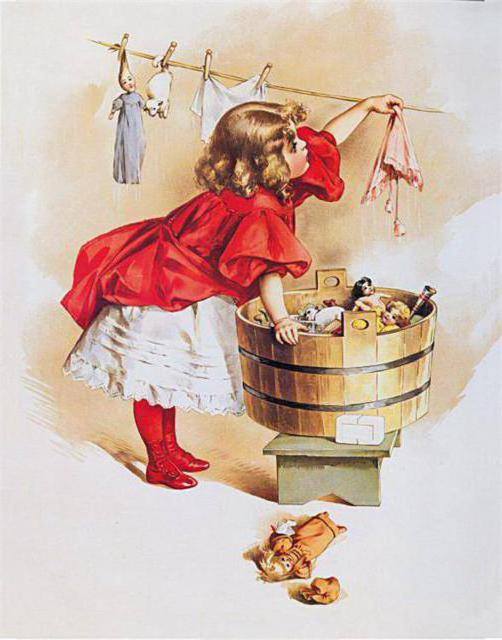
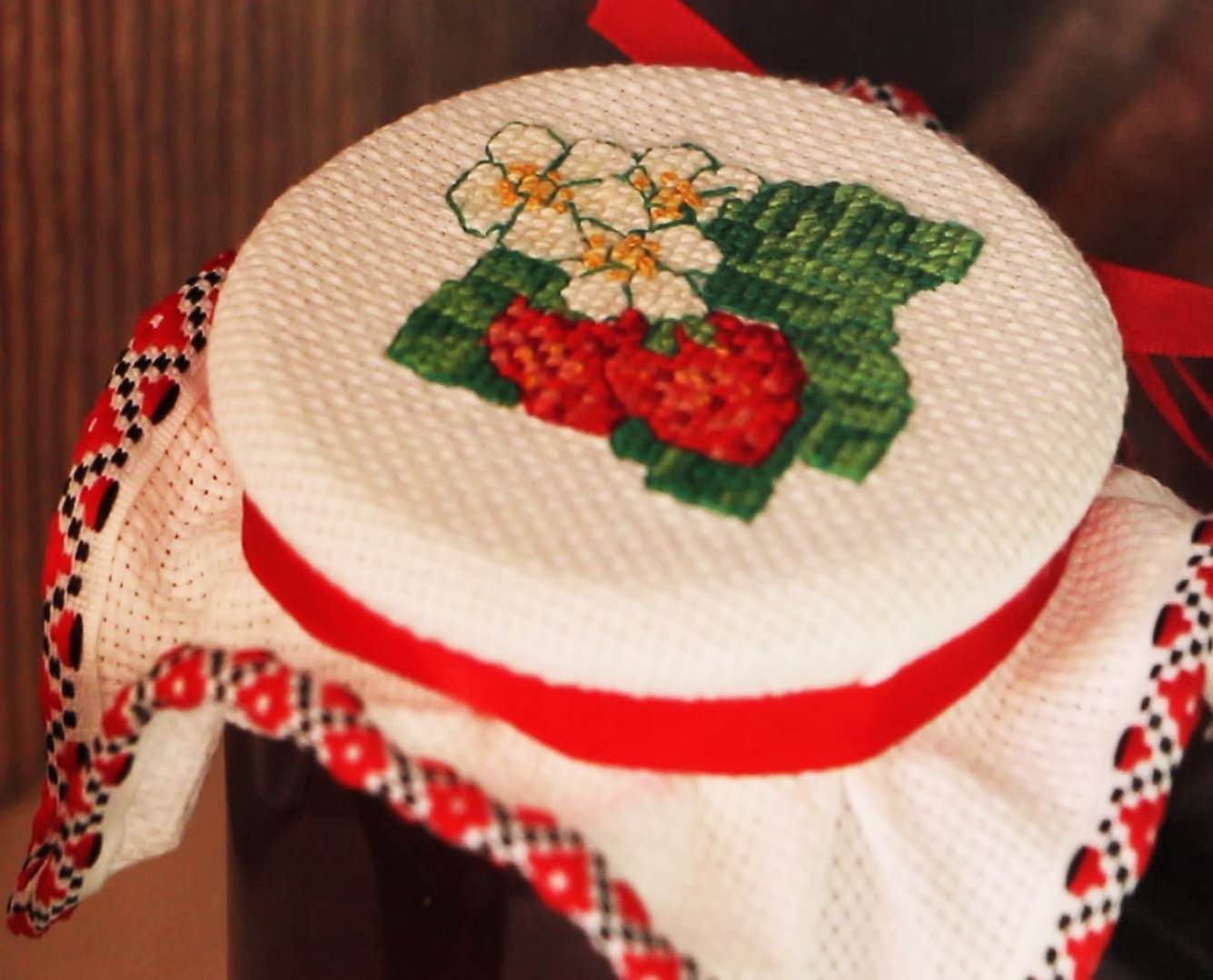
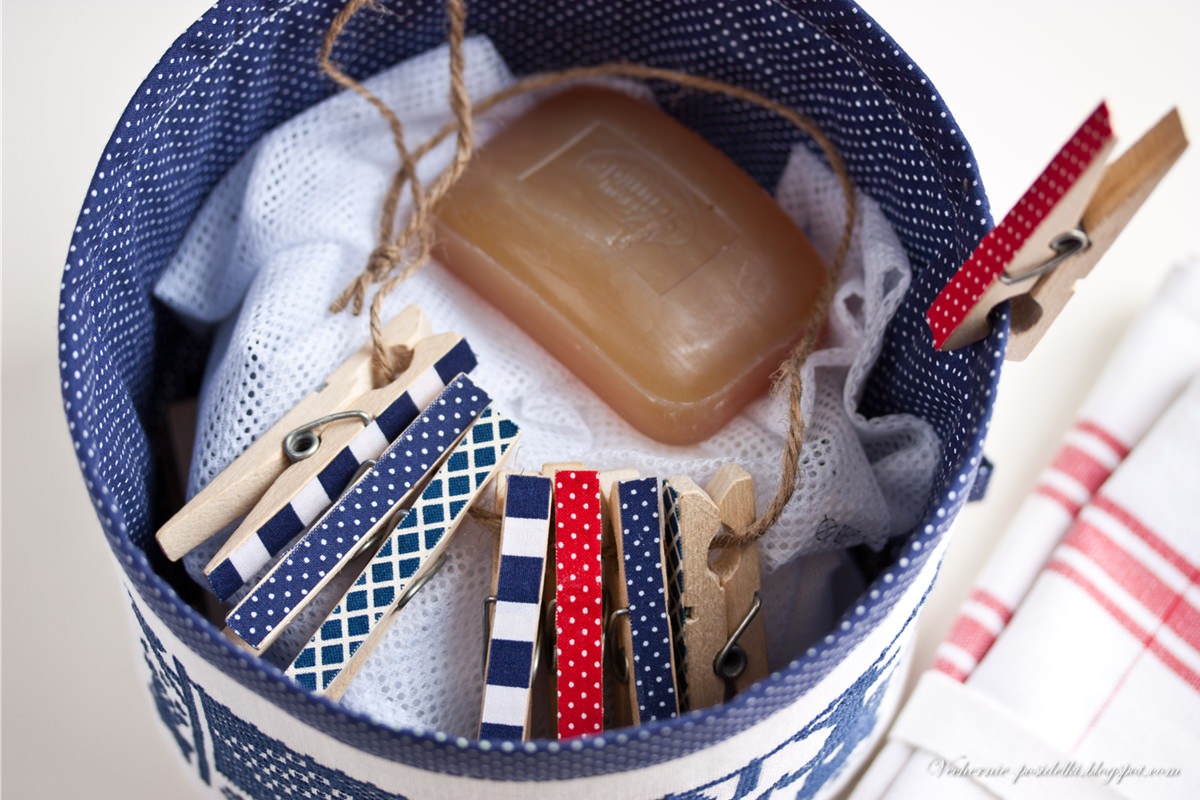
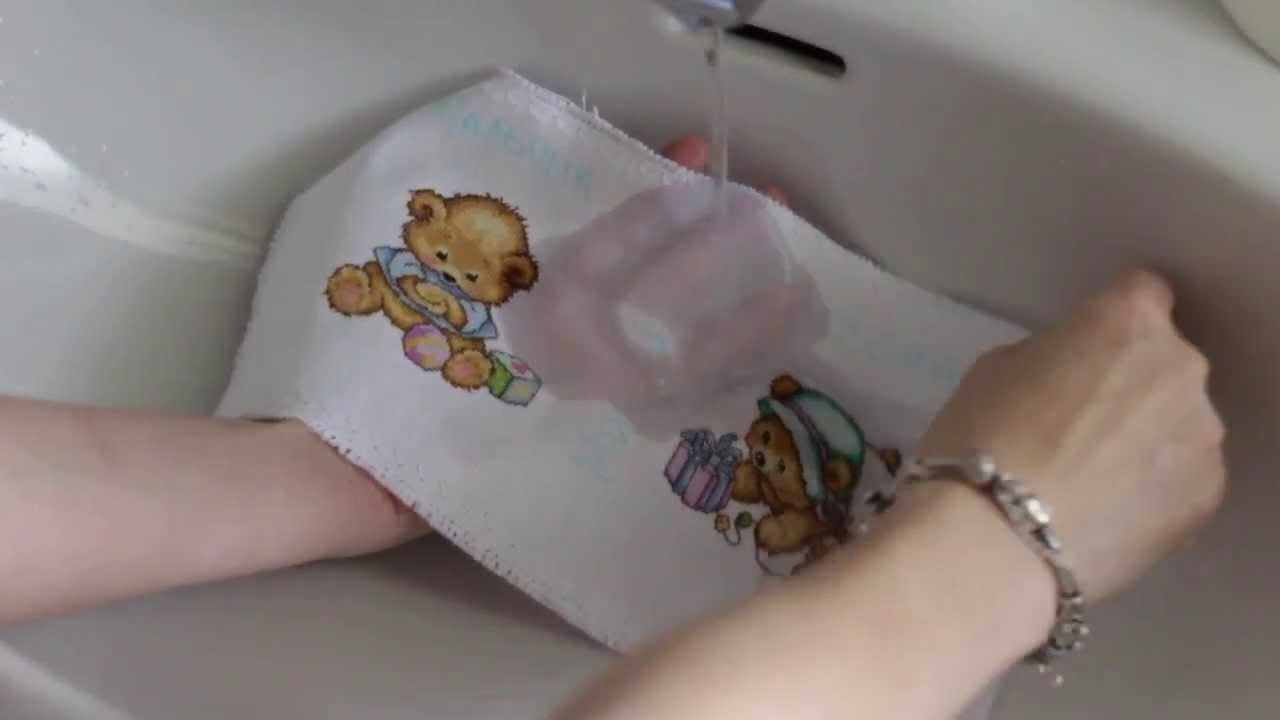

Canvas treatment before starting work
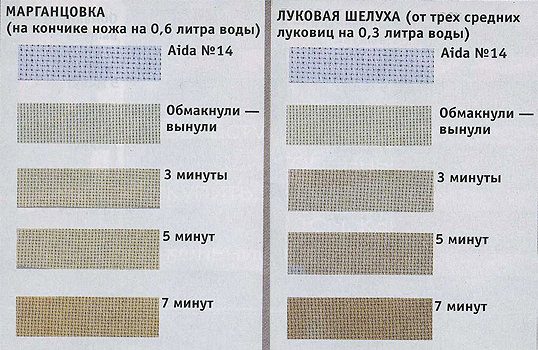
Coloring the canvas at home
Is subject to processing. You should do the following:
1. Edit the edges. Here you should talk about how to process the edges of the canvas. Strengthen it in several ways. If there is a sewing machine, it is better to fix the edges with a zigzag stitch. You can also sew the fabric around the edge of the product. At home, an easily accessible method is the blurring of the edge with PVA glue or colorless nail varnish. Sometimes glue tape or sticking plaster around the perimeter.
2. It is necessary to transfer the drawing to the canvas. It is lined with a special flush-out pen. To transfer the picture, it is necessary to note the middle, and already from it to do calculations.
3. Sometimes the canvas should be painted. Painting canvas is very easy at home. To give the color of the canvas you will need a color or tea. The dye is dissolved in warm water and the canvas is placed. The color depends on the amount of time in which the soaking was done. After staining, the material is rinsed and washed with warm water.
Why you need to erase embroidery
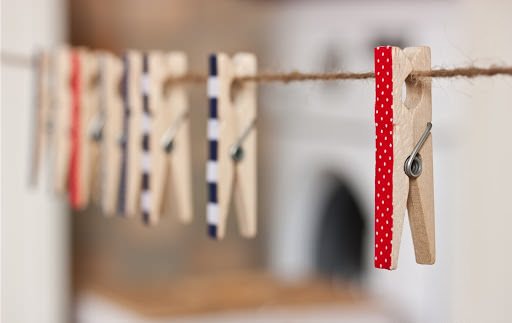
Unbreakable cross stitch can significantlyShorten the life span of your wonderful embroidery. Taking the work in hand, the girl leaves her fattening discharge, which then attracts dust and dirt to her, which in the future is much more difficult to wash. Also, during the embroidery process, the needlewoman applies a pattern on the canvas with a special felt-tip pen. Either the whole picture is transferred to the fabric. They need to be washed off.
Washing is necessary in order to:
- Remove small villi;
- dust;
- Fatty discharge;
- Remove traces from the hoop;
- Give the brightness of the finished drawing;
Rules to be observed when washing
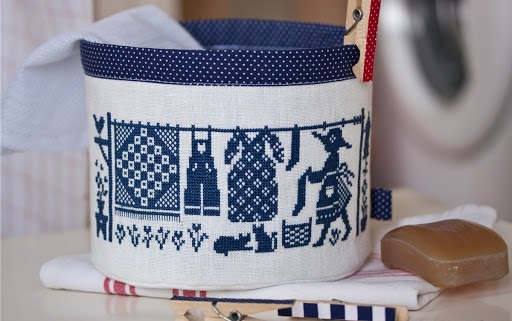
To erase embroidery is necessary with observance of all basic rules. These include:
Correct washing of cross stitch 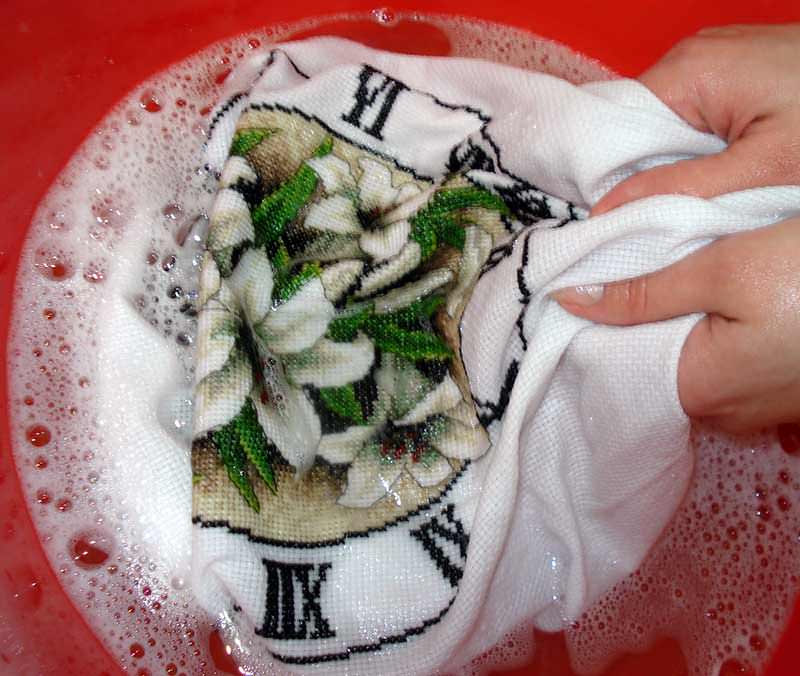
Ready work can be easily washed at home. We will tell you in detail how to wash the embroidery:
Washing off stains

Sometimes serious embezzlements occur during embroidery. At work, you can shed tea, coffee or wine, or when ironing the canvas. Such persistent stains are removed using the following means:
The funds are applied solely to the site of contamination.
Little tricks
The needlewomen always share their advice with the newcomers. They should be listened to because of how often statements arise after a failed experiment in embroidery.
Tip 1. If embroidery with a cross is combined with beads, satin ribbon or additional long stitches, decorating should be done after washing. Since the beads and embroidery with ribbons is a fragile construction, which can be washed out when washing.
Tip 2. When short stitches hang after processing, it means that they were performed in the wrong technique. In this case it is better to dissolve the work and embroider it anew. Long stitches may also hang. They just need to pull up from the wrong side.
Tip 3. If necessary, paint the canvas should use the "natural" dyes: tea, coffee, pomegranate juice, etc.
Video: how to wash and dry the embroidery


